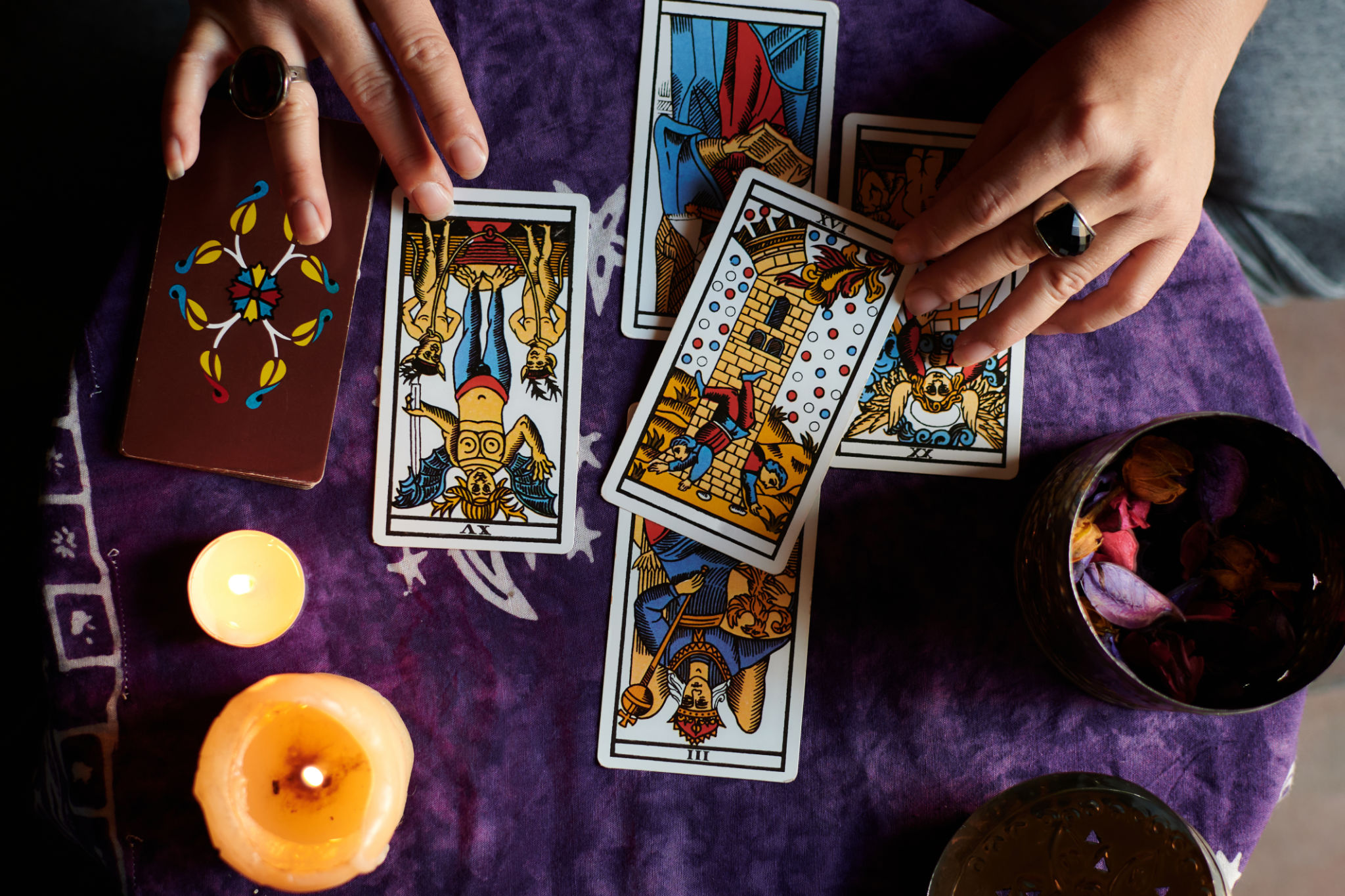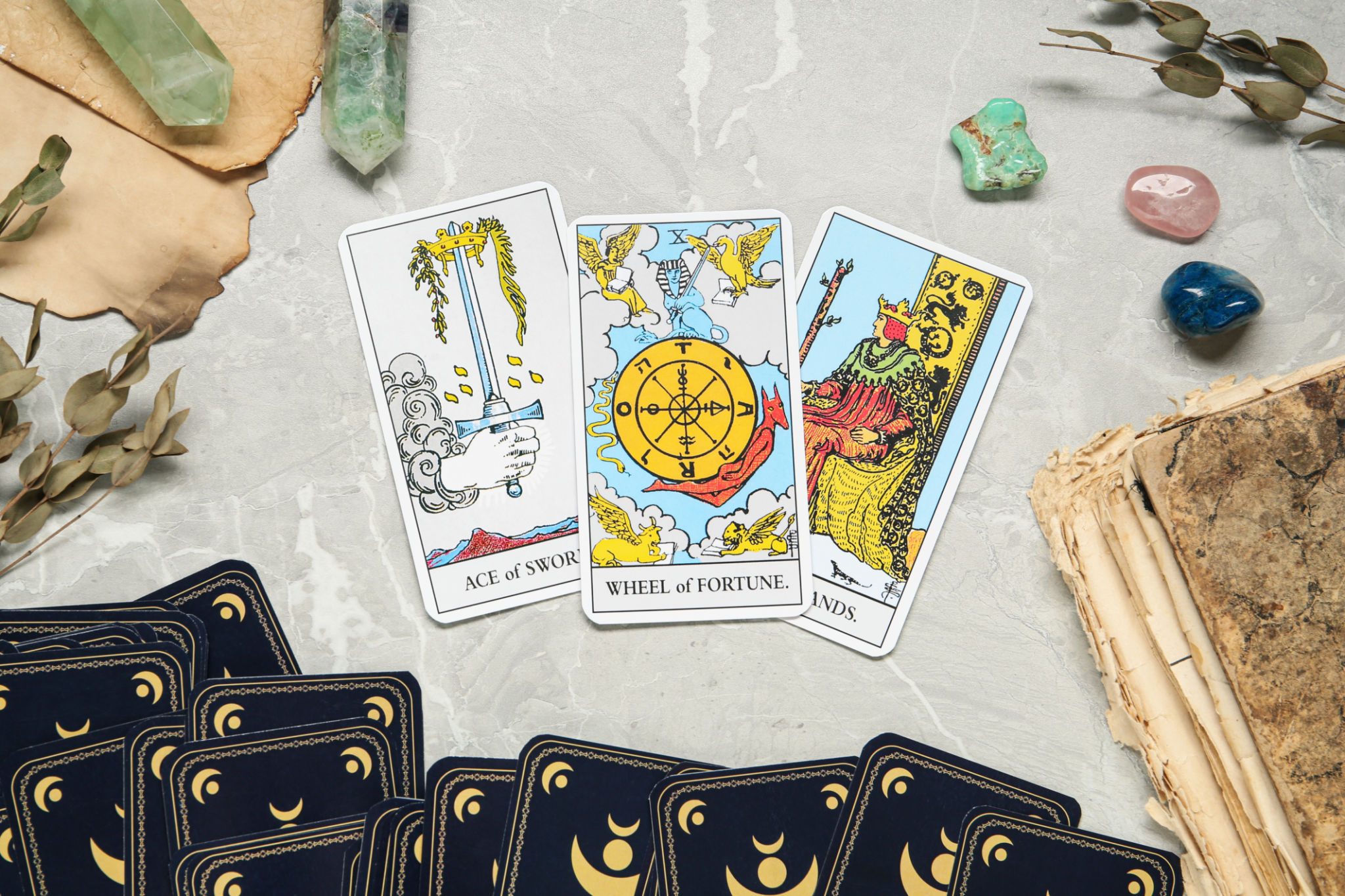Debunking Common Tarot Myths: What You Need to Know
Understanding Tarot: Beyond the Myths
Tarot cards have been shrouded in mystery and misconceptions for centuries. Often seen as tools for fortune-telling, tarot decks are much more than crystal balls or magic wands. Understanding the real purpose and history of tarot can help clear up common myths.

Myth 1: Tarot is Only for Fortune-Telling
One of the most prevalent myths about tarot is that it is solely used for predicting the future. While tarot can offer insights into potential outcomes, it is primarily a tool for reflection and self-discovery. Tarot cards symbolize various aspects of human experience, offering guidance and perspective rather than definitive answers.
Many practitioners use tarot as a way to connect with their intuition or to explore different aspects of their lives. The cards can help people gain clarity on personal issues or decisions by encouraging them to consider new perspectives.
Myth 2: Tarot Requires Psychic Abilities
Another common belief is that one must possess psychic abilities to read tarot cards effectively. In reality, anyone can learn to read tarot with practice and dedication. Tarot reading is an art form that involves interpreting symbols, patterns, and narratives.

Successful tarot reading relies on understanding the meanings of the cards and developing a connection with them. While intuition plays a role, it is not the exclusive domain of psychics or mystics. Many people find that their intuitive abilities grow as they become more familiar with the cards.
Myth 3: Tarot is Evil or Dangerous
Some people associate tarot with evil forces or negative energies due to its mystical reputation. However, tarot itself is neutral; it is simply a collection of cards with images and symbols. The intention and energy brought to a tarot reading are what influence its outcome.

Using tarot cards does not summon spirits or invite negative influences. Instead, they serve as tools for introspection, providing a visual and symbolic language through which readers can explore their thoughts and feelings.
Myth 4: You Must Memorize All Card Meanings
While it's helpful to understand basic card meanings, memorizing every detail of each card is not necessary. Tarot reading is an intuitive process where personal interpretation plays a significant role.
Readers often draw on their experiences and insights during a session. Over time, they develop their own understanding of the cards, which may differ from traditional interpretations. This flexibility allows for a more personalized and meaningful reading experience.
Conclusion: Embracing Tarot's True Purpose
Debunking these common myths reveals the true essence of tarot as a tool for self-reflection and personal growth. By approaching tarot with an open mind, individuals can discover its potential to provide guidance and clarity in everyday life.
